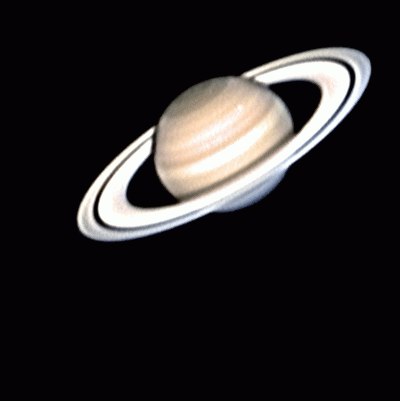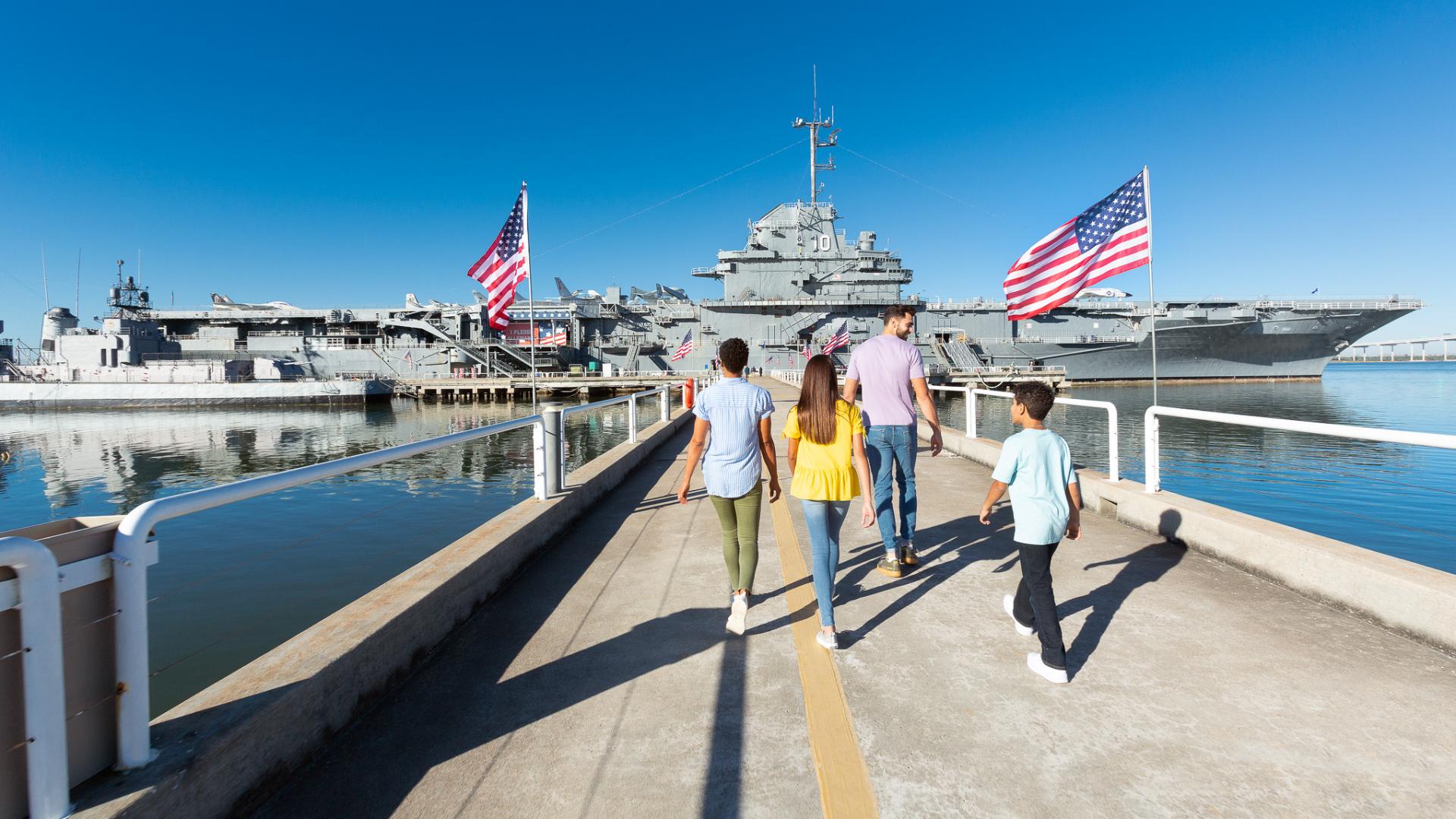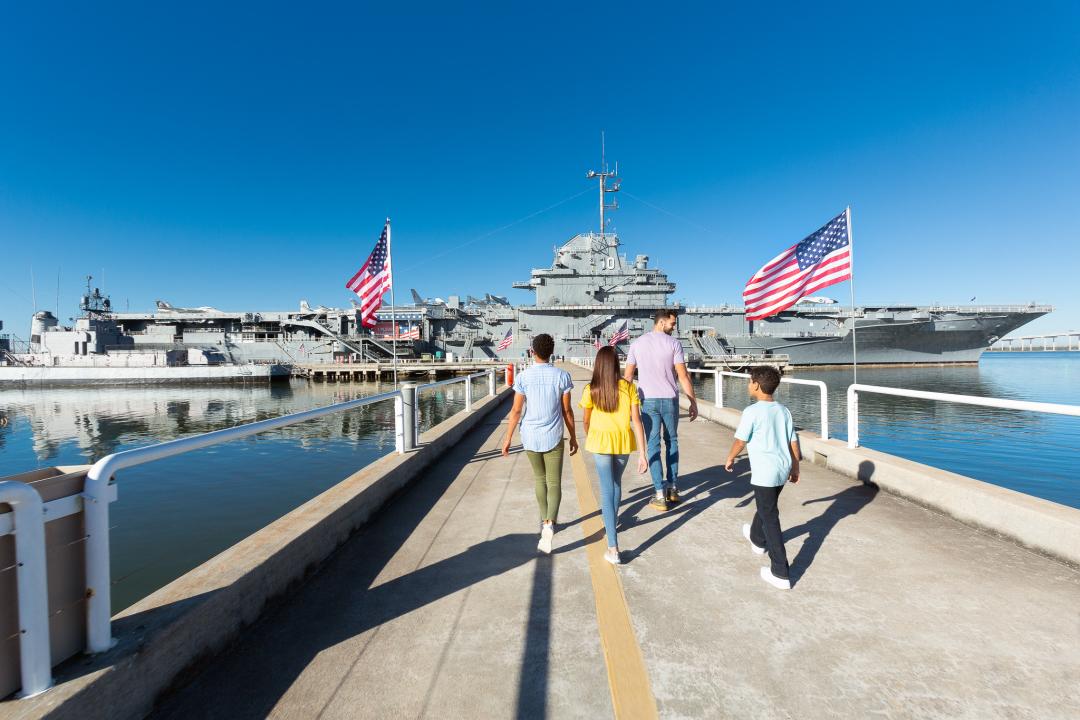
Saturn with storm seen as white spot on upper half.
This past Saturday night over 20 Boy Scouts, Cub Scouts and parents ventured up to the flight deck for an one hour astronomy class. We covered the following areas:
- Explain what light pollution is and how it and air pollution affect astronomy.
- Name the five most visible planets. Explain which ones can appear in phases similar to lunar phases and which ones cannot, and explain why.
- Explain why binoculars and telescopes are important astronomical tools.
- Discuss the significance of the North Star.
- Explain the astronomical globe, ecliptic circle.
- Identify in the sky at least 10 constellations, at least four of which are in the zodiac.
- Identify at least eight conspicuous stars, five of which are of magnitude I or brighter.
- Observation of moon, planets, galaxies, star clusters and nebulae using binoculars and reflecting telescope.
The Cub Scouts earned their astronomy belt loop and academic pin during this event and the Boy Scouts completed parts of the astronomy merit badge. Most of the scouts and adults had never had a lesson in astronomy and never viewed another planet through a telescope before, so they had a wonderful experience and lots of good lessons for scouts if they ever found themselves trying to find their way at night in the wilderness or on the deck of an aircraft carrier.


